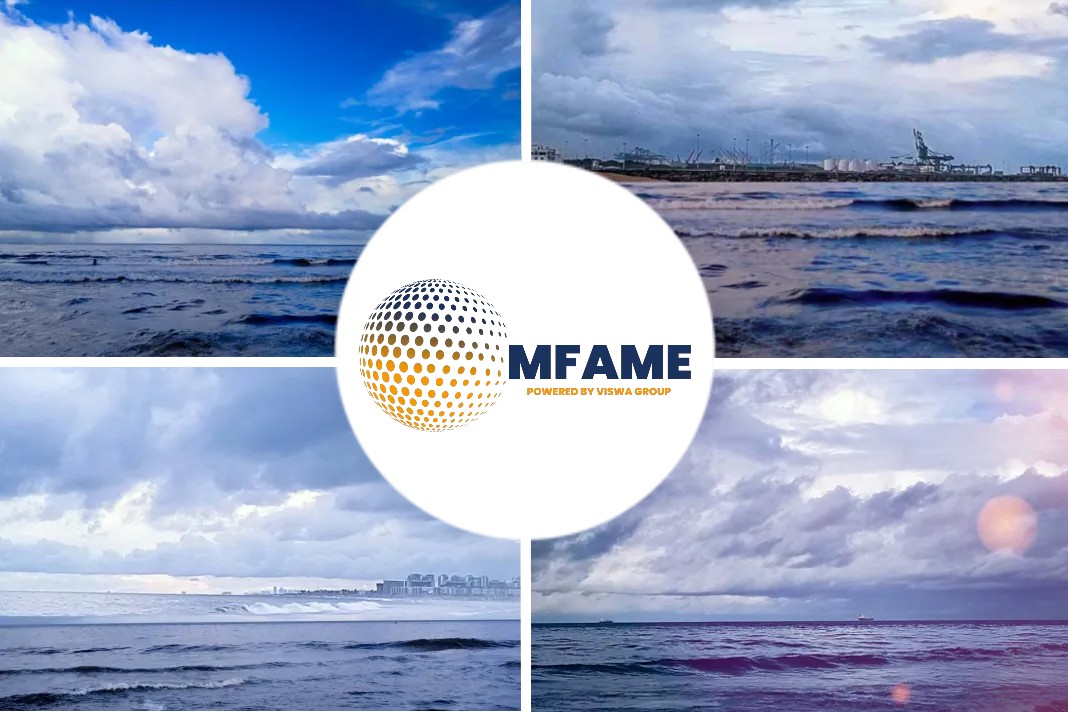
A Platts news source reveals the Commodity Tracker: 5 charts to watch this week.
1. Fundamental floor in European gas supports wholesale price within crisis range
What’s happening? As Europe’s energy crisis rumbles on, wholesale natural gas has found a firm price floor in recent weeks, with a Eur40/MWh support level on the Dutch TTF having been tested, and confirmed, several times. The strength of the floor has been underpinned by several factors, spanning fundamental, technical and psychological support. European gas fundamentals have changed significantly since Russian pipeline exports began to recede back in July 2021, coinciding with the last time the TTF month-ahead contract was decisively below Eur40/MWh – the top of the pre-crisis range.
What’s next? With the continent still needing every molecule it could hold on to before winter, it is unlikely wholesale gas would fall far below fuel-switching levels for power generation or the oil equivalent, which have also coalesced around the Eur40/MWh threshold. Moreover, without Nord Stream supply from Russia, buyers could accept this price as the best available in the new environment, further reinforcing support.
2. Mid-April rate hikes lift trans-Pacific container freight to 5-month high
What’s happening? Freight for North American container imports rose last week after ocean carriers successfully passed through a general rate increase, or GRI, on April 15. This comes after US inbound rates faced a significant downward pressure for the better part of the last six months, after touching record highs during the pandemic, dropping nearly 85% against the year. With GRIs implemented, freight on the North Asia-US West Coast run increased nearly 30% last week, to $1,600 on April 21. This marks the first sizeable increase in since October 2022, amid a weak demand-side picture.
What’s next? Despite the successful GRI implementation, bearish expectations abound as many market participants see the increases as largely short-term maneuvers and not indicative of market fundamentals tightening sufficiently to support rates through the second and third quarters. Import demand is largely projected to remain weak through the first half of the year, resulting in a less-than-rosy freight rate outlook for most shipowners.
3. … and global tanker freights remain firm
What’s happening? Global tanker freight rates for most vessel sizes are firm, with ships travelling longer distances amid the Russia-Ukraine war. Fleets have split into two categories, where some move Russian cargoes while others shun it. This implies shrinking choices, with the average number of tankers available for each cargo fewer than in the pre-war period.
What’s next? Longer voyages are likely to support global tanker freight in the next few months despite the additional output cuts by OPEC+. An aging fleet and a shrinking newbuilding orderbook support freight, although lower oil supply and a looming economic recession could cap gains.
4. China soybean prices sink on giant Brazilian crop, pique demand from crushers
What’s happening? CFR China soybean prices have plummeted to historical lows, both on flat price and basis over CBOT futures. Pressure is coming from the massive Brazil soybean crop estimated at 153 million mt, or 18% above the previous season, and resulting large exports. The raw material price correction has boosted soybean crush margins by almost 100% on the week ended April 21. Chinese buyers are surfacing to procure soybean cargoes amid the price drop and 35 to 40 cargoes have exchanged hands in the week.
What’s next? Chinese crushers are expected to speed up the demand coverage for June and July shipments as crush margin has improved. However, the volatile CFR China soybean basis to CBOT and a potentially higher volume of soybeans arriving in China in Q2 could force crushers to buy less for shipments after July. Analysts expect demand to keep pace for the rest of April and peak in May to June. Brazil’s Apr 1-16 exports are at 7.55 million mt, according to Secex data April 17. Brazil grain exporter association Anec estimates the country’s April soybean exports to reach 14.3 million mt, up 24.7% on the year.
5. Asian metallurgical coal prices swing north
What’s happening? Weather disruptions in Australia led to logistical bottlenecks, which created metallurgical coal supply crunch that led to FOB prices surging in Q1 amid healthy demand. The benchmark Platts premium low-volatile hard coking coal prices, on FOB Australia basis, averaged $343.91/mt in Q1, up from $278.13/mt in the previous quarter, data from S&P Global Commodity Insights showed.
What’s next? Supply concerns in Australia are expected to ease up in Q2 on the back of a warmer weather. Sources said this could see metallurgical coal prices softening during the period. While Chinese steelmakers have indicated being open to buying more Australian coking coal, their appetite for the imported material will depend largely on steel demand and prices.
Did you subscribe to our Newsletter?
It’s Free! Click here to Subscribe.
Source: Platts






















